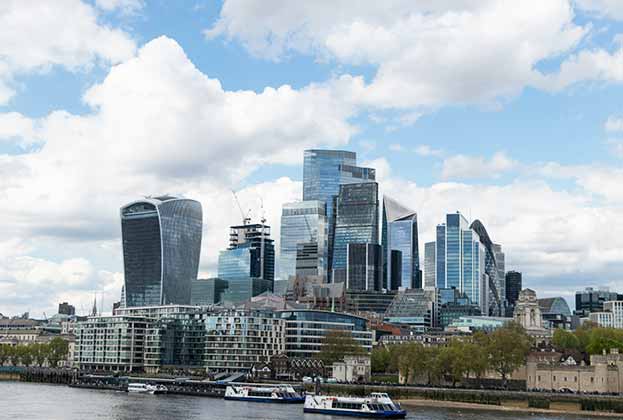One of the Holy Grails for commercial landlords is cast-iron proof that occupiers are prepared to pay a rental premium to take space in buildings that have high sustainability credentials. Such evidence will help justify expensive capital expenditure on their part to chase the best environmental rankings, as well as increasingly help to keep their stakeholders happy in an ever-more ESG-conscious world.
The difficulty is that such data is hard to come by: the newest buildings being delivered to the market tend to always attract the highest rents given they are usually fitted out to the best possible specification and match the latest tenant trends. Given these buildings usually now also reach for the best ESG standards too to meet their owners and investors’ sustainability commitments, it’s almost impossible to separate out whether tenants are willing to pay high rents to occupy the space because it’s the best and newest on the market, or because it’s the greenest.
The reality is that we probably need to stop asking about a ‘green premium’, at least if we’re going to frame the question in narrow terms centred around rents. Instead, investors should be having a far more nuanced and wider conversation about the advantages energy-efficient buildings deliver and engage in better dialogue with occupiers about how these benefit both parties.
This needs to include discussion of the financial savings available both through lower energy bills (an especially topical discussion given the current UK’s high gas prices) and through not needing to pay so much to off-set residual emissions that can’t be totally eliminated.
In addition, it’s likely that the branding and reputational impacts of having a less than stellar building, whether you’re a landlord or a tenant, will increasingly come into play. While again hard to calculate, with many corporates starting to look at monitoring their Scope 3 carbon emissions (those that are not in their direct control but are accrued via their value chain, including the products and services they buy), we may come to the point where clients won't want to do business with companies that occupy buildings where poor performance could have a knock-on effect on their own emissions figures.
All these factors are going to come into play, if they haven’t already, in the conversation over what a space is worth, and what rent should be paid. Should we abandon talking about a green premium? No. But we do need to have a much more nuanced discussion around it.
Savills recognises real estate is responsible for 40 per cent of carbon emissions and, to coincide with COP26, and has launched related research examining how the sector is adapting to meet climate change challenges. Savills is committed to achieving net zero carbon in its operation by 2030. Through Savills Earth it brings together the expertise of more than 100 specialists to support and advise clients on their sustainability, energy and carbon strategies. Visit Savills Earth to find out more.





.jpg)

.jpg)


